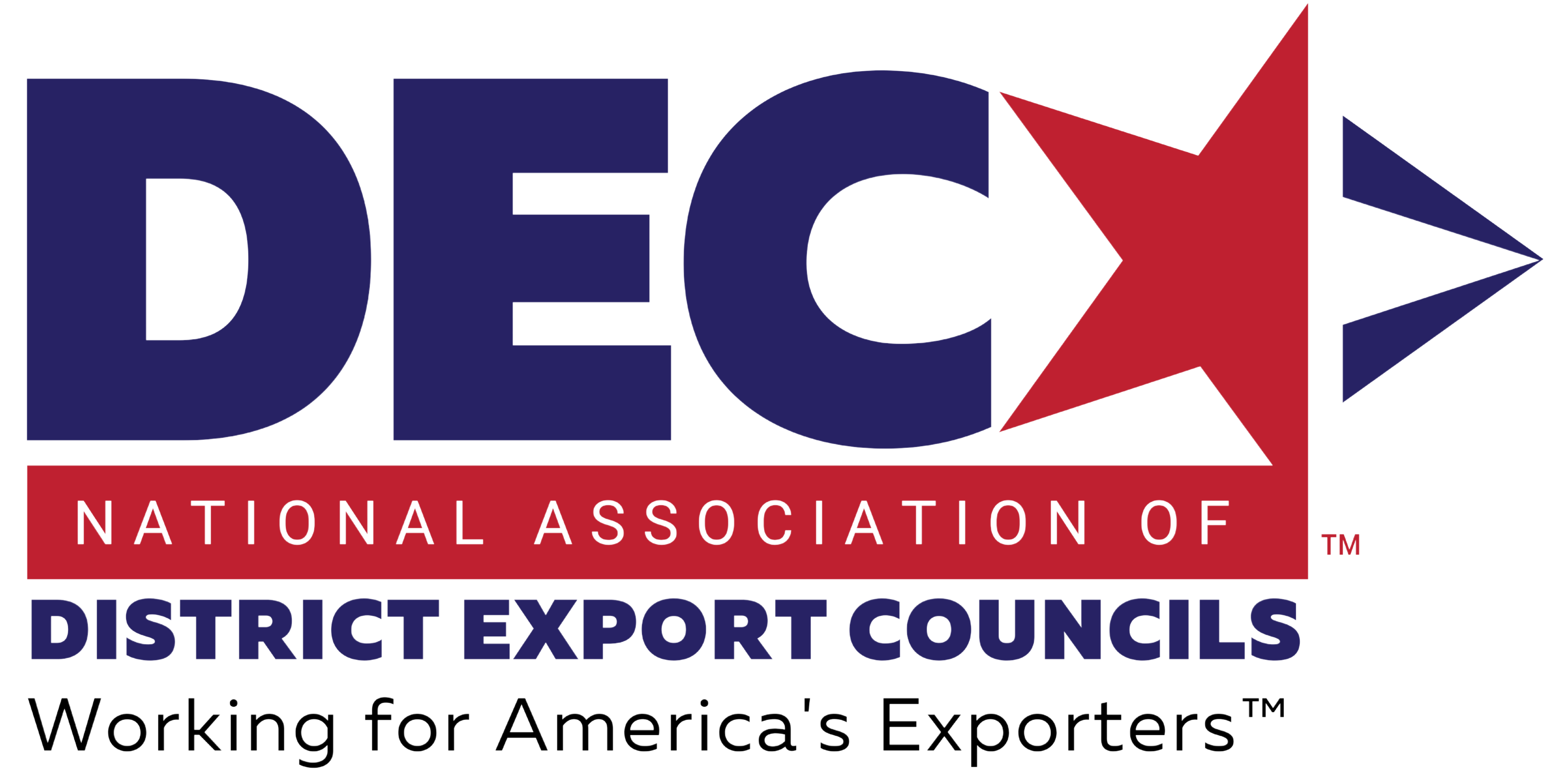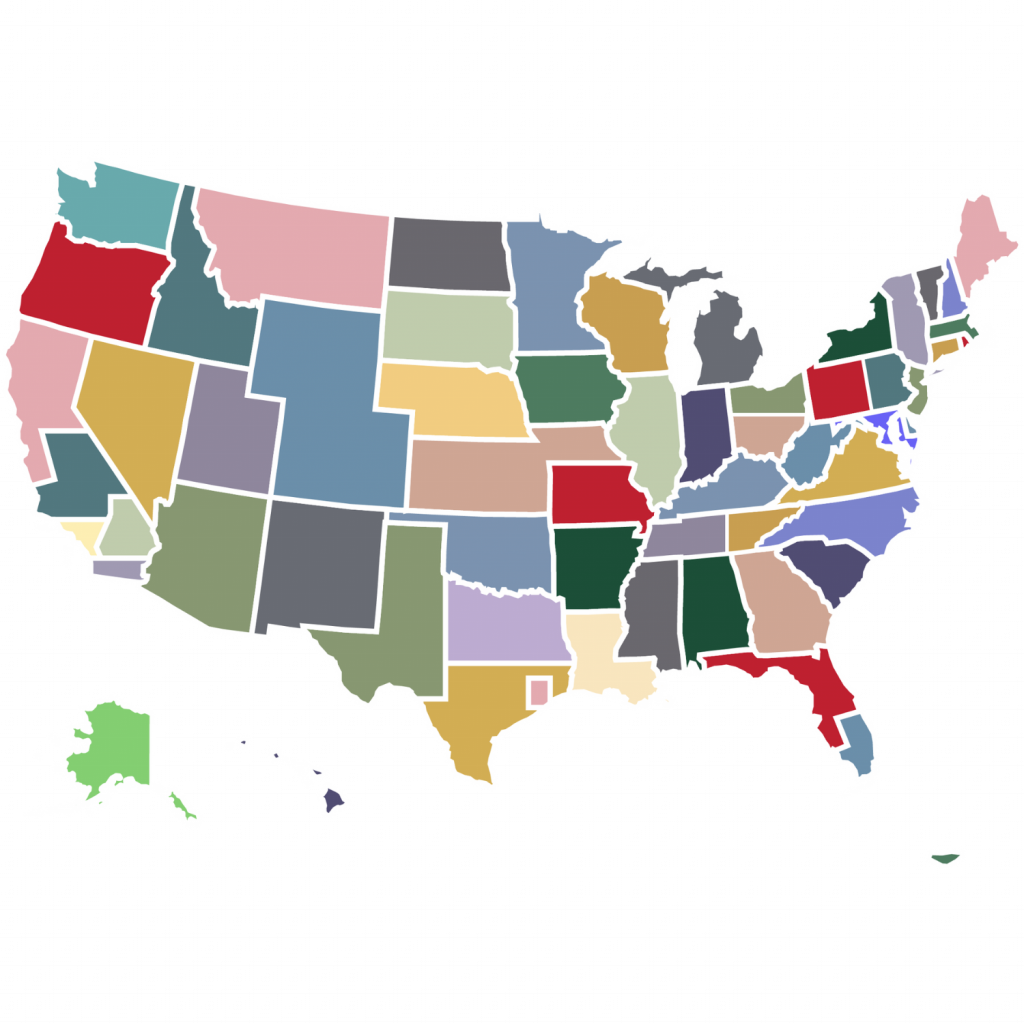If there was a silver lining to the COVID pandemic, the over-reliance on China for not only our PPE and pharmaceuticals, but also for all kinds of necessary supply chains was brought into sharp focus for perhaps the first time ever. Faced with product and component shortages during the early days of the pandemic caused both consumers and the business community alike to see the common sense violation of the ” don’t put all your eggs in one basket” rule.
Just a few days ago, on February 24, 2021, the new Administration issued an Executive Order entitled, “Executive Order on America’s Supply Chains.” This new executive order lays out an administration policy to strengthen the resilience of supply chains to be coordinated in the White House by the Assistant to the President for National Security Affairs along with the Assistant to the President for Economic Policy. The full text can be found here: https://www.whitehouse.gov/briefing-room/presidential-actions/2021/02/24/executive-order-on-americas-supply-chains/
Essentially, this new Executive Order sets up a 100 day supply chain review process during which time the Secretaries of Commerce, Energy, Defense, and Health and Human Services are to each submit reports identifying risks in various aspects of US supply chains. The focus of these reports is to look at the following: the semiconductor manufacturing supply chain, high capacity batteries, strategic materials, rare earth elements, pharmaceuticals, public health and biological preparedness, production of agricultural commodities and food products, the US transportation industrial base, digital networks, services, assets, and data, along with other aspects looking to the resilience and capacity of the American supply chains and our industrial and agricultural base — whether civilian or defense — to support national and economic security, emergency preparedness and other policies.
The Executive Order requires the key Cabinet Departments to not only identify the risks to aspects of US supply chains within their respective portfolios, but also to make specific recommendations for ensuring a resilient supply chain for each sector. Interestingly, the Executive Order calls for recommendations and specifically names a series of suggestions which could be included: sustainably reshoring supply chains and developing domestic supplies, coordinating with allies and partners to identify alternative supply chains, building redundancy into domestic supply chains, ensuring and enlarging stockpiles, developing workforce capabilities, enhancing access to financing, expanding research and development to broaden supply chains, addressing risks due to vulnerabilities and digital project products relied upon by supply chains , addressing risks posed by climate change and other recommendations.
We highlight this particular Executive Order for you because it is indicative of potential opportunities and challenges that our local DEC firms may face in the near future. It will be interesting to see whether the new Administration adopts a supply chain reshoring plan like Japan has—subsidizing firms for part of the cost of relocating and rebuilding their supply chains.
Article by David F. Day
Co-Chair, NADEC Trade Policy Committee































































